When it comes to preparing for next year’s gardening season this autumn, it’s hard to beat the incredible value of a creating a great fall compost pile now!
There is little doubt that rich, fertile compost is one of the best ways to power plants. Whether mixing it into spring planting holes in vegetable and flower gardens, or adding it to potting soil for hanging baskets and container plants, compost helps provide vital nutrients to young plants.
In addition, it helps create better soil structure and improves drainage, all while helping the roots of plants retain moisture more easily.
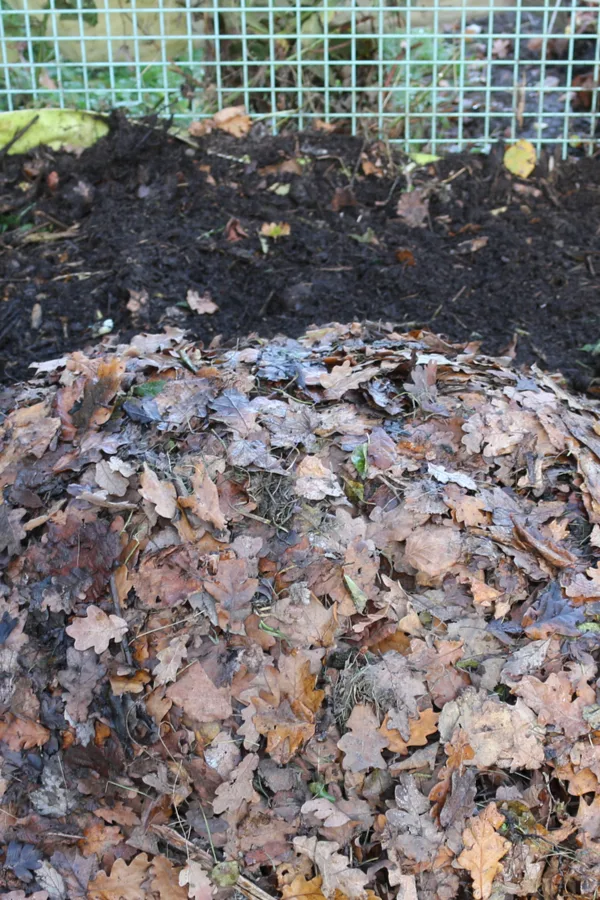
With all of those advantages, it’s easy to see why the more compost you can have on hand in the spring, the better. And the easiest way to do that? Put together a fast working pile this fall!
Why Fall Is The Perfect Time To Create A Great Compost Pile
You might be amazed at just how easy it is to create an incredible pile from all that fall has to offer.
Not only is there a wide variety of excellent composting materials available, they can be found with ease. And even better, quite often in large quantities.
From falling leaves to spent plants from vegetable and flower gardens, there are always plenty of incredible ingredients at the ready as fall arrives. Add in the soil and spent foliage from summer’s hanging basket and container plants, grass clippings from the yard, and vegetable peels and kitchen scraps – and you can create a large pile pretty quickly!
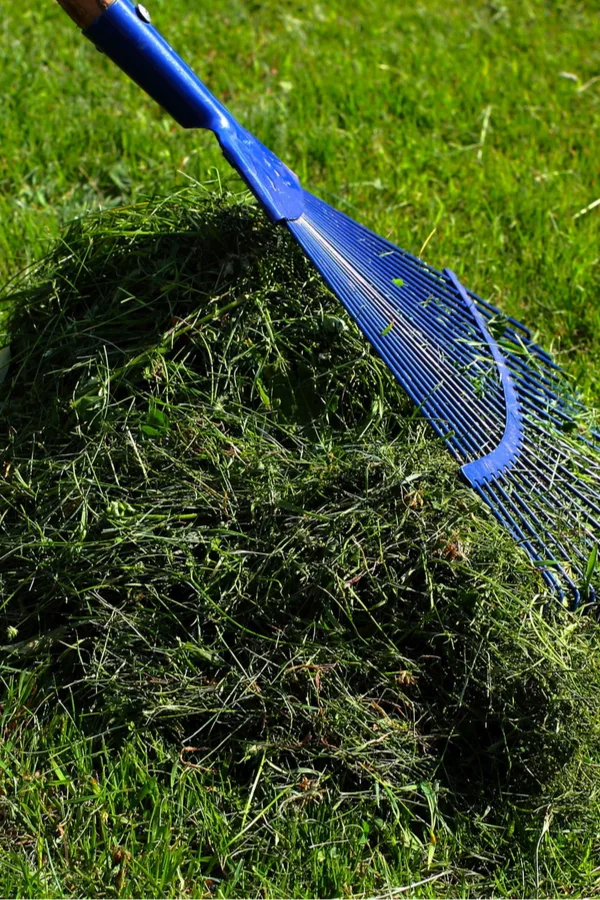
But the secret to success isn’t just in finding great ingredients. It’s also in mixing them together in the right way and in the correct portions.
How To Build The Perfect Fall Compost Pile
To build the perfect compost pile, you need a good mix of both “dry” and “green” ingredients. And if you get the mix right – you will create a pile that heats up fast, and is ready to roll for spring planting!
Dry materials are carbon based materials like straw, dry grass, leaves and corn stalks. Green ingredients are vegetable scraps, vegetable peelings, fruit, coffee grounds, fresh cut grass, manures and more.
The greens really provide the power to heat up a pile and get it hot. The dry materials on the other hand provide plenty of organic material to build mass and hold the heat in.
Listen to our Simple Garden Life Podcast on Creating The Perfect Compost Pile
If a pile is made up entirely of dry materials, it will still eventually break down. But it can seem to take forever! Think of a pile of leaves. By themselves, they can take years to completely break down. But add in a source of energy like manure or vegetable peels, and it can speed decomposition up tenfold.
Getting The Right Size & Ratio – How To Make A Great Fall Compost Pile
For a fast working fall pile, use a ratio of near 4 parts dry materials to one part green. As an example, if you add four wheelbarrows of shredded leaves, one wheelbarrow of greens should go in too.
In addition, whenever you add materials, make them as small as you can get them. Why? Because the smaller the ingredients going in, the faster they will break down. And that means compost that is ready by spring!
It is also important to keep your pile at the right size. For best results, a pile around 3′ x 3′ x 3′ has enough mass to heat up, but is still small enough to maintain with ease.
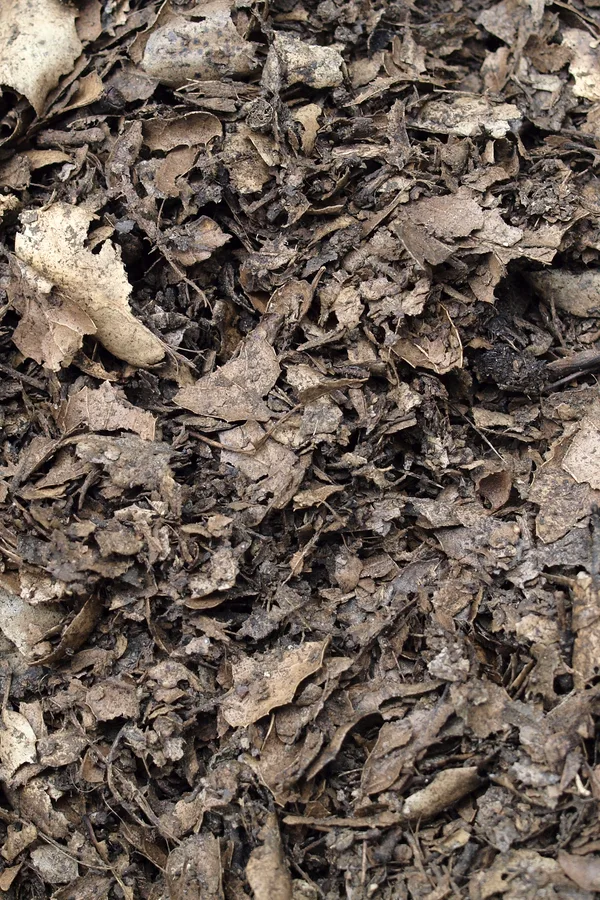
Finally, when creating a fall pile that you want to use the following spring, it’s important to make the pile all at once. That allows it to heat up, begin decomposition, and then have enough time to be ready by spring. Unfortunately, if you keep adding materials, it simply won’t be ready.
With that in mind, here is a look at some of the best fall materials to build your pile with:
Fall Compost Materials – How To Build A Great Fall Compost Pile
Leaves
There is no better easier way to build a great base for a fall compost pile than with leaves. Not only are they abundant, but they can be easily gathered. Even if you don’t have trees in your back yard.
Take a drive through any wooded area this time of year, and you will find mounds of leaves for the taking. Many times, they are already bagged and at the curb for your convenience!
The key to composting leaves is to shred them before putting them into the pile. You can use an electric leaf shredder or a push or riding mower to make quick work of the task.
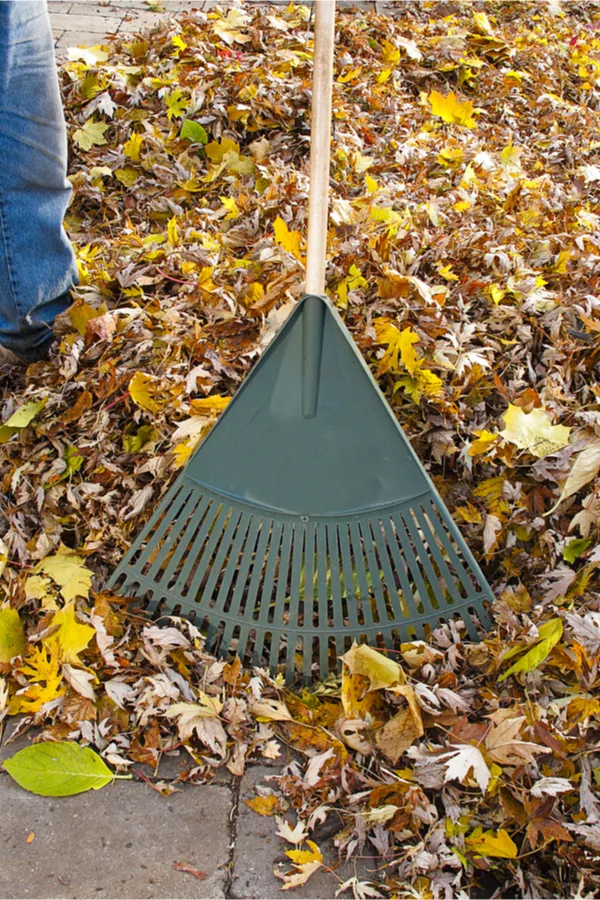
In addition, select leaves for composting that are well balanced in nutrients such as maple, ash and fruit tree leaves. Avoid using too many oak leaves in your pile as they can make the pile more acidic. Black locust and chestnut leaves should be kept out of a compost pile completely due to their toxicity to vegetable plants.
Pots & Containers & Grass Clippings – Fall Compost Pile
Old flower pots and container plants and soil are one of the best ingredients to add to a fall pile. The soil will help to add density and the spent foliage from the plants breaks down quickly.
Green grass clippings (fresh cut grass) add both nitrogen and moisture to a pile. Mix them in well with the ingredients to heat it up fast. You can actually add grass clippings during the first few weeks after you built your pile to help keep moisture in.

Grass clippings break down quick, so they will still have time before spring to be completely broken down. Do not add clippings if you have your yard treated chemically. It can create compost that can contain herbicides that can harm or even kill plants.
Garden Crops – Fall Compost Pile
As you clean out your fall garden crops, be sure to chop and add them to your pile. Fall crops that have bolted such as lettuce, spinach, and other greens are great “greens” to add to the pile.
So are chopped up corn stalks, pumpkin and gourd vines. One thing to avoid is tomato and pepper plants and their fruit. They simply carry too much risk for disease, and the seeds from the fruit can sprout non stop next year!
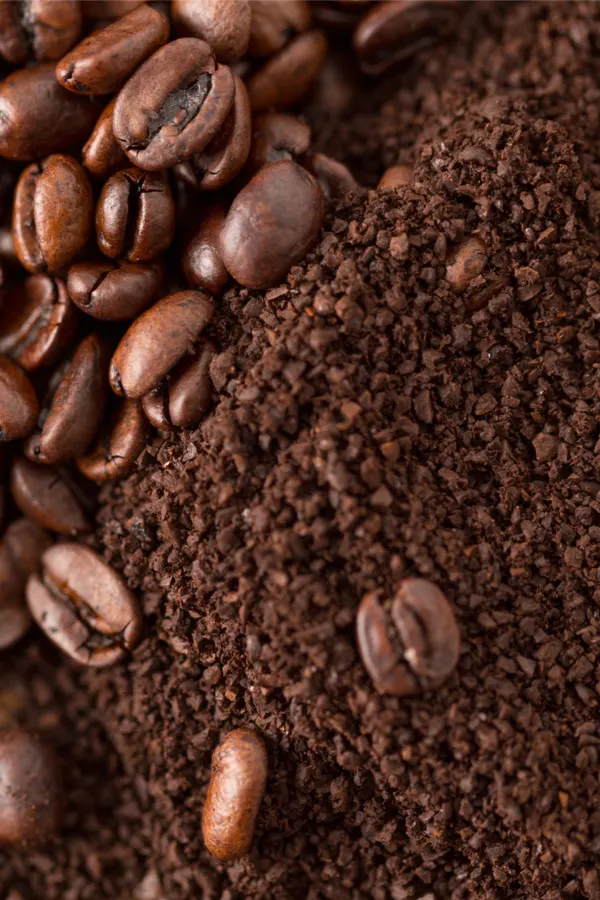
Kitchen Scraps – Fall Compost Pile
Be sure to include all of the kitchen scraps from your vegetable garden and cooking. Potato peels, cucumbers peels and vegetable scraps are great green materials. And don’t forget those coffee grounds – they are perfect for helping to heat up a pile.
And while you are at it, throw in the coffee filter too. Nearly all paper coffee filters compost with ease, and with non-bleached filters, there is no worry at all. For more tips on composting, check out our Composting Tips section on the website.
Follow Our Facebook Page For Great Gardening Tips And Advice! This Is My Garden Facebook Page
This Is My Garden is a garden website created by gardeners, for gardeners. Jim and Mary Competti have been writing gardening, DIY and recipe articles and books and speaking for over 15 years from their 46 acre Ohio farm. They publish three articles every week, 52 weeks a year. Sign up today to follow via email, or follow along!
